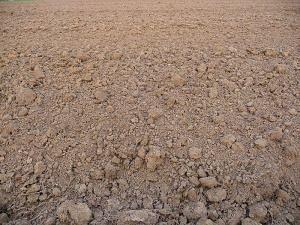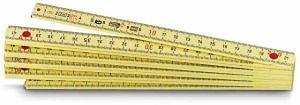
If you wish to understand yourself,
seek yourself in the wideness of the world;
if you wish to understand the world,
seek in the depths of your own mind.
Rudolf Steiner
Earth: exact observations
Attitude
This mode of observation is based on precise observations, using the attitude of the earth element. In your inner self, you assume an attitude corresponding to the earth element, and start to observe an object's solidness, boundaries and impenetrability.
- Solidness means that you assess what the object is, what it looks like, what features it has, etc. This includes precise measurements, weighing, etc.
- Boundaries means that you confront the object. You don't connect with it, and you don't judge it (as that would preclude further observations) and you disregard subjective observations (like whether it is beautiful or ugly), as they would say more about you than about the object.
- Impenetrability means that your senses observe only the exterior of the object, and that you're aware that if you were to open it up, you would only be looking at a new exterior. You will not be able to penetrate into the object's interior.
This approach allows you to observe the object precisely and objectively. You can assess what it is, how large it is, how heavy it is. You can identify its boundaries by accurately drawing the object. You observe as many details as you can (depending on the scale), without destroying the object. This means that you will observe different details when observing an organism than when observing a landscape or an organ. You observe both the object as a whole and its parts, using as many of your senses as you can. The observational attitude linked to the earth element is largely determined by the concept of measuring.
You should observe from a sense of respect and admiration for the object. This will enable you to get to know it better than when you start to dissect it. In addition, an attitude of unprejudiced examination can help you observe new features of an object that you may have seen many times. You often think you know something, even though you may never have looked at it closely. This is certainly true for the things that you work with and encounter every day.
You can force yourself to look closely by drawing an object or making a clay model of it. This means that you automatically observe its proportions, which you might otherwise forget to do.
This attitude corresponds to the mode of observation that is used in conventional science, and is excellently suitable for observing man-made, technical objects. When applied to living objects, this mode of observation yields precise information. You should be aware, though, that this mode means that you observe everything as if it were lifeless.
Earth-type observations provide the basis for the other modes of observation. Without these precise observations, the other modes of observation would not have a sound foundation to start from, and they might wander off into the realm of fantasy.
Results
After you have completed these observations, you will have described an object in terms of precise observations which can also be made by others. You will have information on the object as a whole as well as on its details, but you will not have destroyed the living object. You will have restricted yourself to its exterior.
You will have largely reduced the aspects that interested you to a list of concepts. Your drawing or your clay model will hardly have any life in it, since it was intended to reflect precisely what you observed. The whole process of looking at an object and measuring it makes it become static and lose its mobility. Of course, this is directly related to your observational attitude and is partly caused by the fact that you didn't connect with the object. That is as it should be, because it has enabled you to keep an objective distance and to observe precisely.
You can also use instruments to assess features of an object that are independent of the observer. If you want to measure length, it makes sense to use a tape measure; that will yield more accurate results than just estimating. At the same time, however, something is lost, for instance in that it becomes harder to get a sense of the object's proportions. If you express the colour of a leaf as a number, that certainly makes it objective, but you lose the experience of finding the colour by composing it from other colours. Also, an instrument measures only that which it was designed to measure, a fact which is sometimes overlooked.

Aarde: the solid element

Measuring is knowing
Exercises
Modesty
Draw one of the shoes you're wearing, without looking at it. Compare your drawing with the actual object.
Observing an object or situation
Observe an object as precisely as possible, using as many of your senses as you can. Write a description or make a drawing or clay model of the object. Observe both the object as a whole and its details. The main thing is that you don't write down or draw anything that you haven't actually seen precisely as you describe or draw it. So if it's a leaf, you must draw each and every serration along its margin, and if it's a tree, all branches must be drawn at the right level and sticking out from the trunk at the correct angle, etc. Don't resort to clichés. Look at proportions.
The object may be anything: a plant, a tree, a flower, an animal, a stone, a landscape, etc.
Observing in a group
Form groups of five to eight. Select an object that interests all of you. Observe for a agreed length of time; e.g. 15 to 30 minutes. Jot down your observations. Try to use as many of your senses as you can. Take measurements if necessary, and pay attention to proportions.
After you have done this, one of the group reports his or her observations, while the others add anything he or she may have missed.
Concentrate on the following aspects. Are any observations reported which you have also made or which you didn't make? Are there different nuances? Has the person who reports the observations used a different perspective than you or the others?
Attitude
After you have completed the above observational exercise, reflect on your attitude. What attitude did you have while observing? Was it one of interest and respect, or just the opposite? Did you feel admiration for the object? Could you change your attitude? Can you say anything about the effect of a particular attitude?
